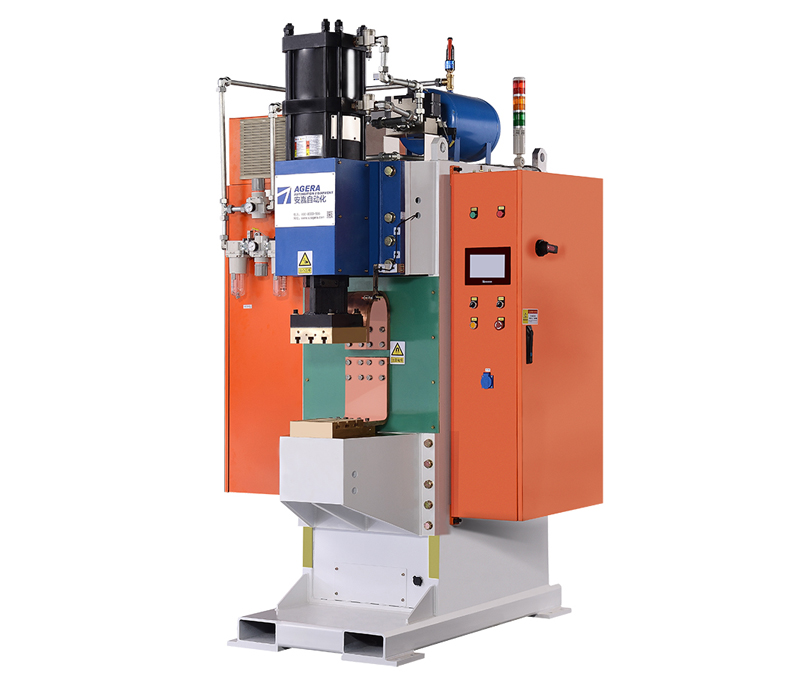In recent years, advancements in energy storage technologies have revolutionized various industries, offering efficient and sustainable solutions. One such innovation is the development of capacitor energy storage spot welding machines. This article explores the structural design and functionality of these cutting-edge welding devices.
I. Background
Spot welding is a widely used technique in various manufacturing sectors, such as automotive, aerospace, and electronics. It involves the creation of localized, high-intensity heat to fuse metal parts together. Traditional spot welding machines rely on transformers and mains power for their operation. However, the need for more portable, energy-efficient, and eco-friendly solutions has led to the emergence of capacitor energy storage spot welding machines.
II. Design Components
The design of a capacitor energy storage spot welding machine comprises several key components:
- Capacitor Bank: The heart of the system is the capacitor bank, which stores and discharges electrical energy as needed. This bank is carefully designed to ensure high energy density and rapid discharge capabilities.
- Inverter: An inverter converts the direct current (DC) energy stored in the capacitors into the alternating current (AC) required for welding. The inverter must be highly efficient to minimize energy losses during this conversion process.
- Welding Head: This component delivers the electrical energy to the welding electrodes. It needs to be precisely engineered to provide a stable and controlled energy release during the welding process.
- Control System: The control system manages the entire welding process, ensuring precise timing and monitoring to achieve consistent and reliable welds.
III. Advantages
The structural design of capacitor energy storage spot welding machines offers several significant advantages:
- Portability: These machines are considerably more portable compared to traditional spot welders, making them suitable for on-site repairs and assembly line use.
- Energy Efficiency: Capacitor-based systems are more energy-efficient, reducing overall power consumption and operating costs.
- Rapid Welding: Capacitors discharge energy quickly, allowing for rapid and precise spot welding, increasing productivity.
- Environmentally Friendly: With reduced energy consumption and lower carbon emissions, these machines contribute to a cleaner and more sustainable welding process.
IV. Applications
Capacitor energy storage spot welding machines have a broad range of applications, including:
- Automotive Industry: Used in the assembly and repair of vehicles, from body panels to battery connections.
- Aerospace: Ideal for welding lightweight materials, such as aluminum and titanium, used in aircraft manufacturing.
- Electronics: Suitable for delicate electronic components and circuitry in the electronics industry.
The design of capacitor energy storage spot welding machines represents a significant step forward in the evolution of spot welding technology. Their portability, energy efficiency, and environmental benefits make them a compelling choice for a wide range of industries, from automotive manufacturing to electronics. As technology continues to advance, we can expect further refinements and innovations in this field, driving increased adoption and improved performance.
Post time: Oct-18-2023



